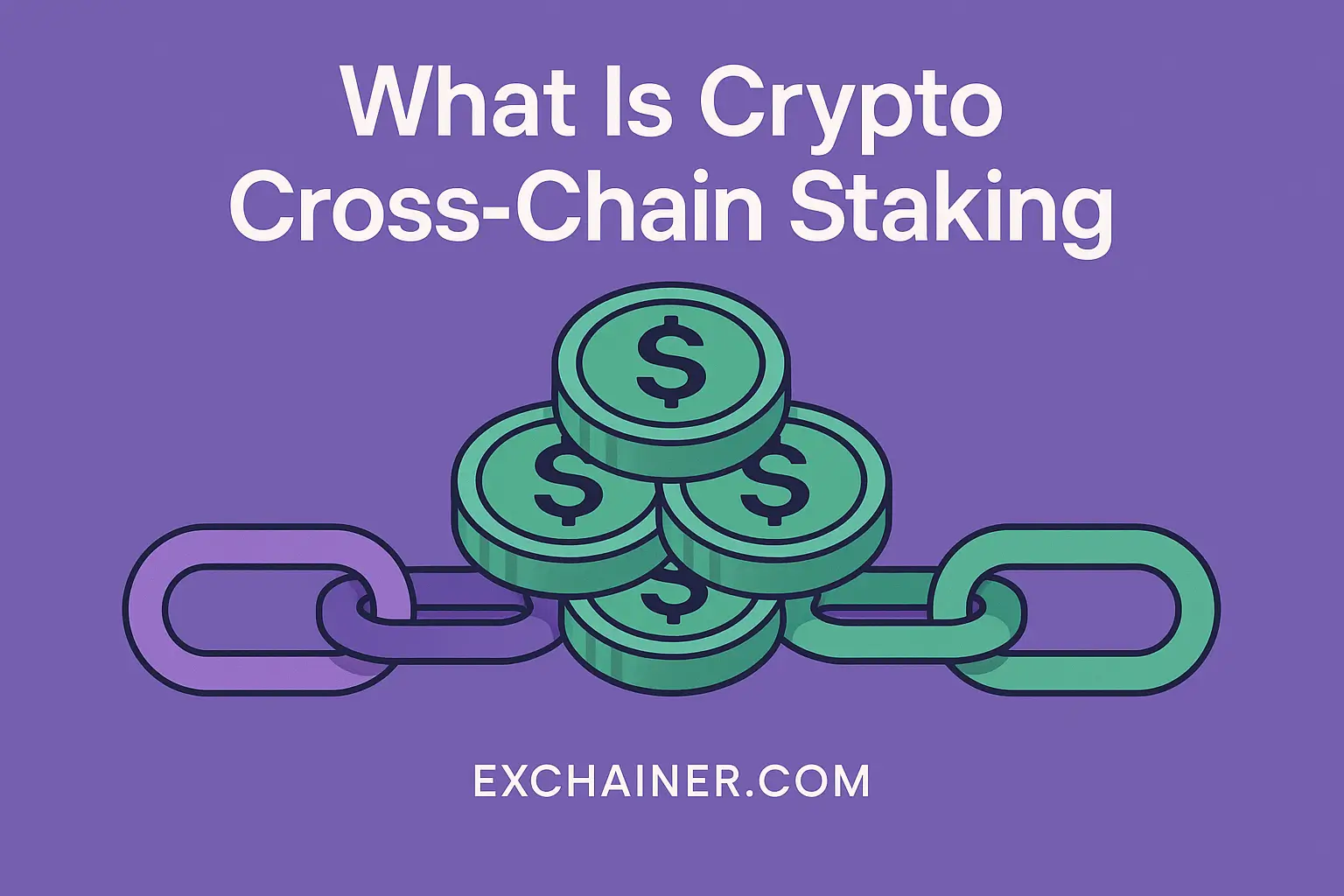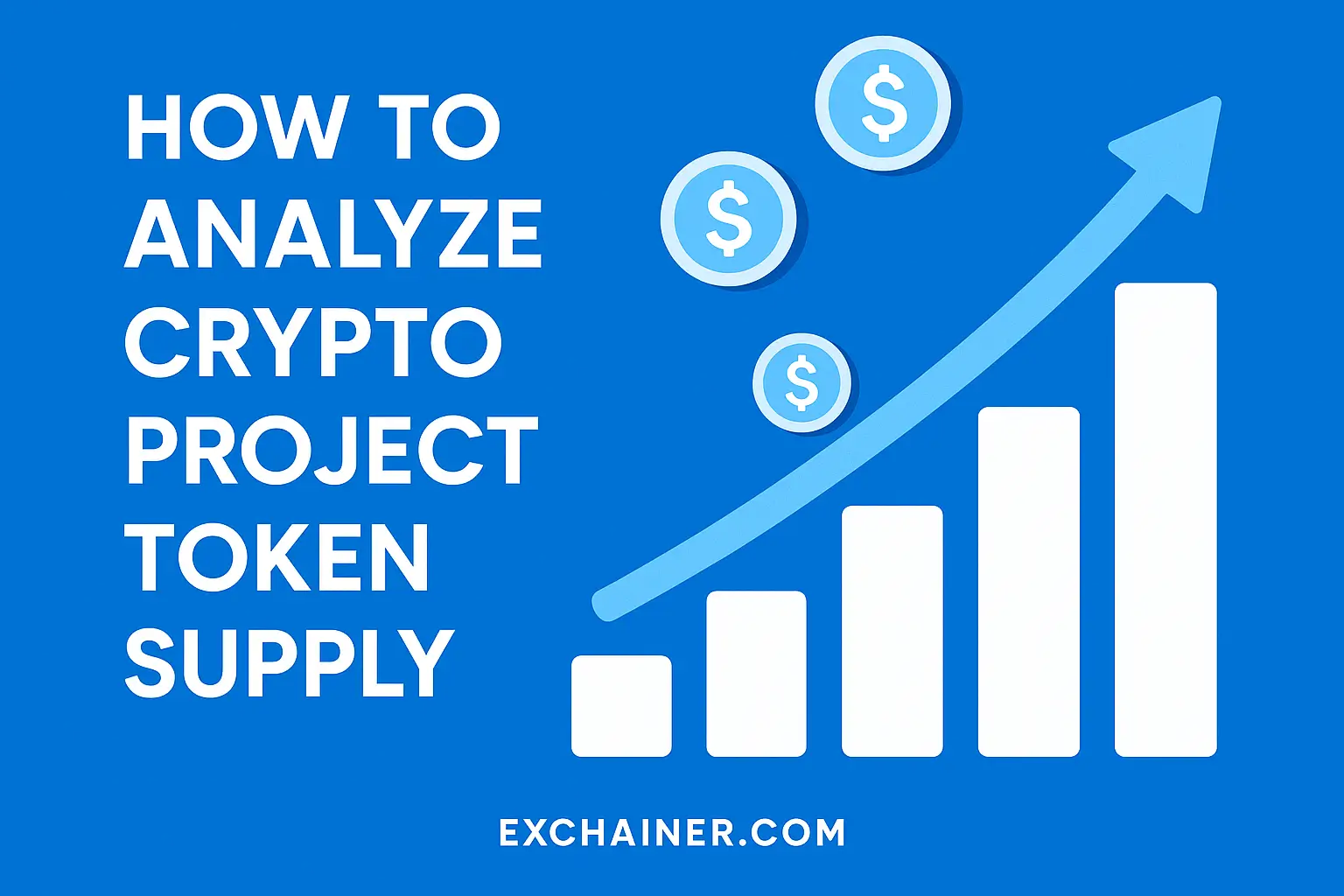Unlocking the World of Crypto Passive Income: Why It Matters
Friends, if you've ever wondered how some people seem to earn money while they sleep, chances are they're tapping into the power of passive income. In the dynamic world of cryptocurrencies, passive income strategies have become a hot topic, offering opportunities to grow your digital assets without constant trading or monitoring. But what exactly is passive income, and how can you get started with it in the crypto space? This beginner-friendly guide will take you through the essentials, breaking down complicated concepts into easy-to-understand steps.
Whether you’re just starting your crypto journey or looking to diversify your income streams, understanding passive income is a game-changer. Unlike active trading, which requires constant attention and quick decision-making, passive income in crypto leverages technology and smart strategies to generate earnings on your existing digital currency holdings. This means your investments work for you — even when you’re not actively managing them.
In this article, you'll learn about various popular passive income methods in crypto, from staking and yield farming to lending and earning dividends. We'll explore not only how these methods work but also their risks and practical tips to maximize your gains safely. So, buckle up — let's dive into the fascinating world of crypto passive income and set you on the path towards financial freedom.
Understanding Crypto Passive Income: The Basics
At its core, passive income means earning money regularly without actively working for it every day. In traditional finance, this might involve things like rental income or dividends from stocks. Crypto passive income operates similarly but uses blockchain technology and digital currencies.
One popular way to earn crypto passive income is by staking. Staking involves locking up your cryptocurrency in a network to help validate transactions and secure the blockchain. In return, you receive rewards, similar to earning interest on a savings account. For example, if you stake Ethereum in the Ethereum 2.0 network, you might earn rewards proportional to your stake size. This strategy suits those who prefer a lower-risk approach and want to support the network’s health.
Another method is yield farming, often associated with decentralized finance (DeFi). Yield farmers provide liquidity to DeFi protocols by depositing tokens into liquidity pools. These pools facilitate trading on decentralized exchanges (DEXs), and liquidity providers earn fees or interest. While yield farming can offer higher returns than staking, it comes with increased risk, including impermanent loss and smart contract vulnerabilities.
You might also explore crypto lending platforms. Here, you lend your digital assets to borrowers and earn interest payments. This setup works like a bank lending money, but the process is faster and often more flexible. Platforms like Aave or Compound have become popular because they allow users to earn consistent interest with varying risk profiles depending on the cryptocurrency loaned.
To sum it up, crypto passive income options range widely in complexity, risk, and reward. The key is to choose methods that align with your investment goals and risk tolerance.
Popular Crypto Passive Income Strategies: How They Work
Ready for the juicy part? Let’s break down some of the top crypto passive income strategies and how you can start using them today.
1. Staking: Supporting Networks & Earning Rewards
Staking is like putting your money in a term deposit but for crypto. You “lock up” your coins on a blockchain that uses Proof of Stake (PoS) consensus mechanisms. In return for helping validate transactions, the system pays you rewards, often as a percentage of your stake.
For example:
- Cardano (ADA) offers about a 4-6% annual return on staking.
- Polkadot (DOT) users can earn around 10-12% depending on network conditions.
There’s usually a minimum amount needed to stake, and you might have to lock your coins for a fixed period. Some exchanges, like Binance or Kraken, make staking easier by handling the technical parts for you. Keep an eye on gas fees and lock-up times when choosing your staking option to avoid surprises.
2. Yield Farming: Maximizing Returns in DeFi
Yield farming involves moving your crypto across various DeFi protocols to earn the best interest rates or rewards. Think of it as hopping between banks looking for the best deposit rates. But in the crypto world, interest rates can reach double or triple digits, though they fluctuate constantly.
To start yield farming:
- Deposit tokens into a DeFi liquidity pool.
- Earn fees and sometimes extra token rewards.
- Manage risks like impermanent loss — where token price changes impact returns.
Keep in mind that interacting with DeFi requires a compatible wallet like MetaMask and understanding smart contracts. Websites like CoinMarketCap and DeFi Pulse can help you track the latest yield farms and their returns.
3. Crypto Lending: Put Your Coins to Work
Lending platforms let you earn interest by loaning out your crypto to borrowers. These loans are often overcollateralized, meaning borrowers pledge more value than they borrow to reduce platform risk. As a lender, you earn interest paid by borrowers.
Examples of popular lending platforms include:
- Aave
- Compound
- BlockFi
Interest rates vary depending on supply and demand, type of asset, and platform policy. Lending can generate steady income, but it’s important to research platform security and reputation.
4. Earning Dividends and Token Rewards
Some cryptocurrencies act like stocks, paying dividends or rewarding holders periodically. For instance, platforms like NEO distribute GAS tokens to NEO holders. Similarly, projects might airdrop tokens to loyal users as part of marketing campaigns or network incentives.
Airdrops are worth watching — in 2024, airdrops distributed over $500 million in tokens. Signing up for these can be as simple as holding a certain coin or completing small tasks. Always verify legitimacy to avoid scams.
5. Masternodes: Running Network Nodes for Rewards
Unlike staking, running a masternode requires some technical know-how and a larger crypto investment. Masternodes help run specific blockchain features like instant transactions. By operating one, you earn parts of network fees or block rewards.
For example:
- Dash provides about a 6-8% annual return.
- Some masternodes require tens of thousands of dollars worth of crypto to get started.
Masternodes can provide substantial passive income but are less accessible to beginners.
Practical Tips to Maximize Your Crypto Passive Income Safely
Diving into crypto passive income is exciting, but it’s essential to keep safety and strategy in mind. Here are some practical tips based on experience:
- Start Small and Learn: Begin with smaller amounts to test staking or lending platforms. Make mistakes with less risk while you learn how things work.
- Research Platforms: Use reliable platforms with strong security records. Avoid platforms promising absurdly high returns; if it sounds too good to be true, it probably is.
- Diversify Your Strategies: Don’t put all your crypto into one method. Spread your investments between staking, lending, and yield farming to reduce risk.
- Monitor Market Conditions: Crypto markets are volatile. Returns from staking or lending can dip if network activity slows or prices fall significantly.
- Stay Informed: Follow crypto news, join community forums, and read trusted blogs — like the Crypto 101 section on Exchainer.com — to keep up on new opportunities and security threats.
- Use Secure Wallets: Protect your crypto with wallets that you control, such as hardware wallets. Check out Exchainer’s guides on wallets for recommendations.
- Beware of Gas Fees: Especially with Ethereum-based DeFi protocols, high transaction fees can eat into your returns. Plan transactions carefully or use layer-2 solutions.
Common Challenges and How to Overcome Them
Like any investment, crypto passive income isn’t entirely risk-free. Here’s what you might face:
- Price Volatility: If the token you’re staking or lending drops sharply, your earnings might not cover losses.
- Platform Risk: Hacks or fraud can cause losses. Choose platforms with audits and insurance where possible.
- Lock-up Periods: Some staking requires locking tokens for days or weeks, limiting liquidity.
- Impermanent Loss: Yield farming faces this unique risk where token price changes reduce earnings.
To overcome these, educate yourself carefully, start small, and consider safer, simpler methods like staking or lending on reputable platforms.
Wrapping Up: Your Next Steps in Crypto Passive Income
Friends, building a crypto passive income stream doesn’t have to be overwhelming. With a clear understanding of the basics, combined with careful research and practical action, you can start earning steadily on your digital assets. Remember, patience and diversification are your best friends. The journey of earning passive income through crypto is about consistency and smart decisions more than quick riches.
Why not take the first step today? Whether that’s staking your first coins, trying out a lending platform, or exploring the fascinating world of DeFi yield farming, the resources and opportunities are abundant.
For deeper dives, explore more guides and reviews on Crypto 101. Need help choosing the best platform? Check out detailed exchange reviews. And when you're ready to secure your earnings, visit the section on tools and wallets to pick the right one for you.
Start your journey today — your crypto passive income future awaits!
For further reading, check out the official resources on staking and DeFi platforms:












